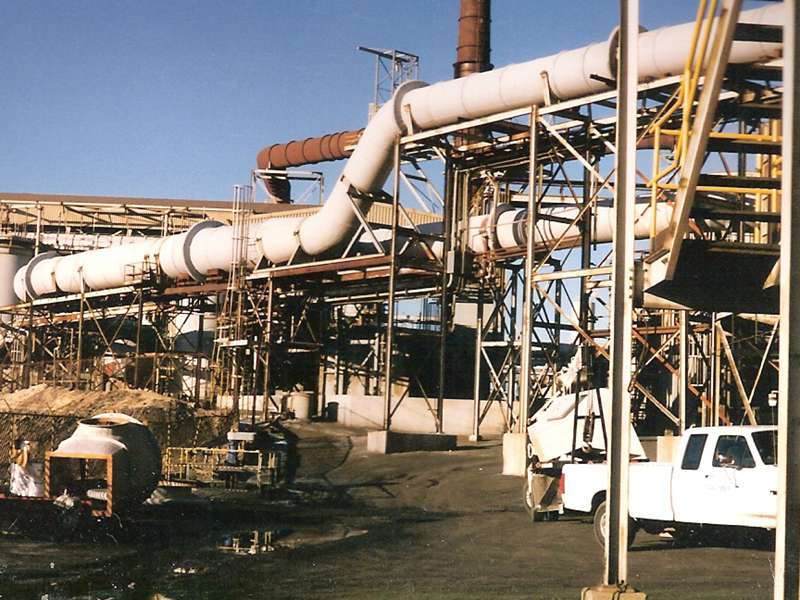
-
 Afrikaans
Afrikaans -
 Albanian
Albanian -
 Amharic
Amharic -
 Arabic
Arabic -
 Armenian
Armenian -
 Azerbaijani
Azerbaijani -
 Basque
Basque -
 Belarusian
Belarusian -
 Bengali
Bengali -
 Bosnian
Bosnian -
 Bulgarian
Bulgarian -
 Catalan
Catalan -
 Cebuano
Cebuano -
 China
China -
 China (Taiwan)
China (Taiwan) -
 Corsican
Corsican -
 Croatian
Croatian -
 Czech
Czech -
 Danish
Danish -
 Dutch
Dutch -
 English
English -
 Esperanto
Esperanto -
 Estonian
Estonian -
 Finnish
Finnish -
 French
French -
 Frisian
Frisian -
 Galician
Galician -
 Georgian
Georgian -
 German
German -
 Greek
Greek -
 Gujarati
Gujarati -
 Haitian Creole
Haitian Creole -
 hausa
hausa -
 hawaiian
hawaiian -
 Hebrew
Hebrew -
 Hindi
Hindi -
 Miao
Miao -
 Hungarian
Hungarian -
 Icelandic
Icelandic -
 igbo
igbo -
 Indonesian
Indonesian -
 irish
irish -
 Italian
Italian -
 Japanese
Japanese -
 Javanese
Javanese -
 Kannada
Kannada -
 kazakh
kazakh -
 Khmer
Khmer -
 Rwandese
Rwandese -
 Korean
Korean -
 Kurdish
Kurdish -
 Kyrgyz
Kyrgyz -
 Lao
Lao -
 Latin
Latin -
 Latvian
Latvian -
 Lithuanian
Lithuanian -
 Luxembourgish
Luxembourgish -
 Macedonian
Macedonian -
 Malgashi
Malgashi -
 Malay
Malay -
 Malayalam
Malayalam -
 Maltese
Maltese -
 Maori
Maori -
 Marathi
Marathi -
 Mongolian
Mongolian -
 Myanmar
Myanmar -
 Nepali
Nepali -
 Norwegian
Norwegian -
 Norwegian
Norwegian -
 Occitan
Occitan -
 Pashto
Pashto -
 Persian
Persian -
 Polish
Polish -
 Portuguese
Portuguese -
 Punjabi
Punjabi -
 Romanian
Romanian -
 Russian
Russian -
 Samoan
Samoan -
 Scottish Gaelic
Scottish Gaelic -
 Serbian
Serbian -
 Sesotho
Sesotho -
 Shona
Shona -
 Sindhi
Sindhi -
 Sinhala
Sinhala -
 Slovak
Slovak -
 Slovenian
Slovenian -
 Somali
Somali -
 Spanish
Spanish -
 Sundanese
Sundanese -
 Swahili
Swahili -
 Swedish
Swedish -
 Tagalog
Tagalog -
 Tajik
Tajik -
 Tamil
Tamil -
 Tatar
Tatar -
 Telugu
Telugu -
 Thai
Thai -
 Turkish
Turkish -
 Turkmen
Turkmen -
 Ukrainian
Ukrainian -
 Urdu
Urdu -
 Uighur
Uighur -
 Uzbek
Uzbek -
 Vietnamese
Vietnamese -
 Welsh
Welsh -
 Bantu
Bantu -
 Yiddish
Yiddish -
 Yoruba
Yoruba -
 Zulu
Zulu
grp scrubber
The Importance of GRP Scrubbers A Key to Sustainable Industrial Practices
In an era where environmental sustainability is at the forefront of industrial development, the need for effective pollution control measures has never been more critical. One of the innovative technologies emerging to address this issue is the GRP (Glass Reinforced Plastic) scrubber. This technology plays a vital role in mitigating air pollution, particularly in industries that emit volatile organic compounds (VOCs), odors, and corrosive gases.
Understanding GRP Scrubbers
GRP scrubbers are advanced air pollution control devices constructed from glass reinforced plastic, a material known for its strength, durability, and corrosion resistance. This makes them particularly suitable for handling aggressive chemicals that are often present in industrial emissions. Unlike traditional scrubbers made from metal or concrete, GRP scrubbers offer a lightweight alternative that is easier to install and maintain. Their design allows for a high degree of customization, enabling them to be tailored to specific industrial processes and requirements.
Operating Mechanism
The operating principle of GRP scrubbers is relatively straightforward. They utilize a scrubbing liquid, usually water or a chemical solution, to absorb harmful pollutants from the gas stream. As the polluted gas passes through the scrubber, it comes into contact with the scrubbing liquid, which captures and neutralizes the contaminants. The cleaned gas is then released into the atmosphere, while the collected pollutants are either treated or disposed of according to environmental regulations.
The efficiency of GRP scrubbers can be significantly enhanced by integrating them with other technologies, such as activated carbon filters or biofiltration systems. These combinations allow for the removal of a broader spectrum of pollutants, making GRP scrubbers a versatile solution for various industrial applications.
Advantages of GRP Scrubbers
grp scrubber

One of the most significant advantages of GRP scrubbers is their ability to handle corrosive gases and liquids. Industries that deal with acids, bases, and toxic compounds can benefit greatly from the corrosion-resistant properties of GRP material, which extends the lifespan and reduces maintenance costs of the equipment. Additionally, the lightweight nature of GRP allows for easier transportation and installation, reducing the overall project timeline and associated costs.
Efficiency is another compelling reason to consider GRP scrubbers. They can achieve a high removal efficiency for various pollutants, including sulfur dioxide (SO2), nitrogen oxides (NOx), and particulate matter (PM). Industries such as chemical manufacturing, pharmaceuticals, and wastewater treatment facilities have successfully implemented GRP scrubbers to comply with strict environmental regulations while maintaining operational effectiveness.
Environmental Impact and Compliance
The implementation of GRP scrubbers plays a crucial role in helping industries comply with environmental regulations aimed at reducing air pollution. Regulatory bodies set stringent limits on the emission of harmful substances, and failure to comply can result in significant fines and operational restrictions. By investing in GRP scrubbers, companies can ensure they meet these regulatory requirements while promoting a cleaner, healthier environment.
Moreover, the use of GRP scrubbers aligns with the broader goal of sustainability. As industries move towards greener practices, the adoption of pollution control technologies like GRP scrubbers demonstrates a commitment to responsible manufacturing and corporate social responsibility. This not only enhances the public image of companies but also appeals to environmentally conscious consumers.
Conclusion
In conclusion, GRP scrubbers represent a vital component in the pursuit of sustainable industrial practices. Their unique properties, coupled with their ability to effectively reduce air pollution, make them an ideal choice for many industries. As businesses continue to face increasing pressure to minimize their environmental impact, the integration of technologies like GRP scrubbers will be essential. By embracing such innovations, we can move towards a more sustainable future that prioritizes both economic growth and environmental protection.









